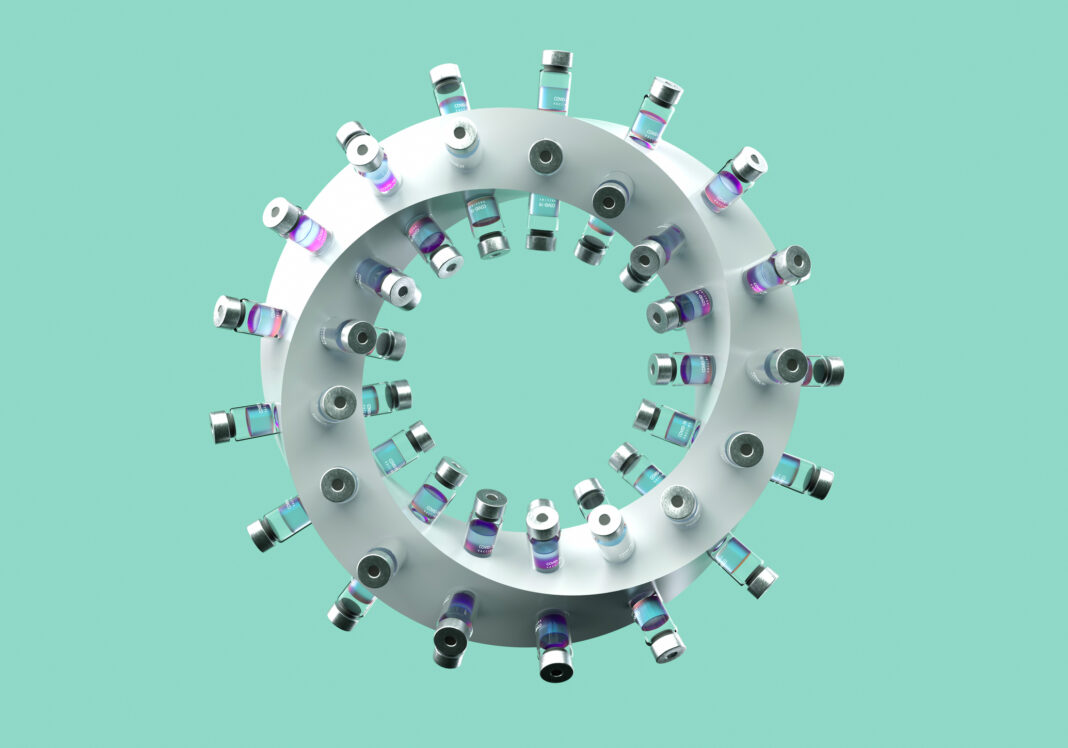Expanding Africa’s capacity to produce mRNA vaccines has reached a new milestone with BioNTech’s opening of a facility in Kigali, Rwanda. This facility is designated for manufacturing vaccines for use within the African Union.
BioNTech could produce up to 50 million product doses annually with an RNA process similar to the Pfizer-BioNTech COVID-19 vaccine. Numerous variables, such as dosage and formulation, affect the site’s capacity to produce mRNA products.
Following the successful validation of the Kigali facility, which serves as a lighthouse project, BioNTech has pledged to establish additional African manufacturing facilities in response to the continent’s and partner countries’ needs. Future locations may be smaller and tailored to the production of batches for clinical trials of potential products, or they may be bigger and equipped to handle commercial-scale manufacturing in Africa, similar to the Kigali facility.
BioNTech has pledged approximately $150 million to complete the construction of the Kigali facility, including the manufacturing units. After it is up and running, the 35,000-square-meter site will employ about 100 people.
In 2024, BioNTech hopes to have finished constructing all of the buildings at the Kigali site and started training local specialists. They plan to start making test mRNA for process validation in 2025.
BioNTainer
Concurrent with the opening of the first production facility, the company’s cutting-edge, digitally-enabled modular manufacturing unit, BioNTainer, will be put into operation. Installing the first BioNTainer, a state-of-the-art solution for manufacturing mRNA medicines, is a significant step toward establishing a strong vaccine ecosystem in Africa and preparing for future pandemics.
The BioNTainers can produce several different vaccines that are based on messenger RNA. To ensure that the BioNTainers remain among the most advanced mRNA manufacturing facilities globally, they are also engineered to undergo frequent updates.
At the outset, the production facility will have two BioNTainers. The containers for the first BioNTainer, which were recently set up in the manufacturing hall and will serve to manufacture mRNA vaccines, arrived in Kigali in March 2023. The second BioNTainer unit will serve to manufacture the formulated bulk drug product and will be ready for shipment to the Rwanda site in the first quarter of 2024.
Moderna announced plans in March of this year to establish an mRNA manufacturing facility in Kenya, which would be the company’s first in Africa.
African vaccine ecosystem sustainability
This is just one of many programs BioNTech is running to help build a stronger vaccine ecosystem in Africa and ensure that people worldwide have equal opportunities to access innovative medicines. Other programs include research and development, clinical trials, manufacturing, and the training of local experts.
Additionally, BioNTech is making strides in developing mRNA vaccine candidates for important infectious diseases such as HIV, tuberculosis, malaria, and monkeypox, a disease that could cause an epidemic on a global scale. These vaccines will begin at the recently established facility once they are developed and approved.
BioNTech is focusing on the prevention of infectious diseases, such as tuberculosis, malaria, and HIV, as well as diseases with the potential to cause pandemics, such as monkeypox, to contribute to the development of a long-term vaccine ecosystem in Africa. Malaria, tuberculosis, and HIV are all common in Africa, claiming over two million lives each year, with a high rate of child mortality.
BioNTech intends to provide lower-income countries with access to the four prophylactic vaccines at a non-profit price if the vaccines are successfully developed and approved by regulatory authorities.
Clinical trials for malaria vaccines in the United States and tuberculosis vaccines in South Africa are underway. BioNTech plans to begin HIV, tuberculosis, and malaria vaccine clinical trials in Africa in 2024.


